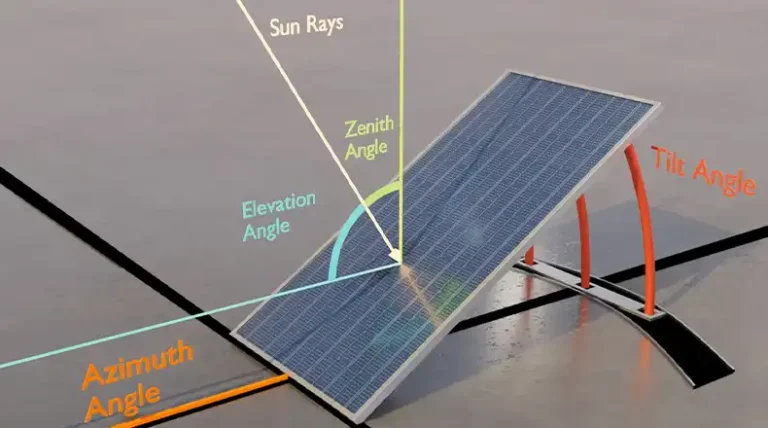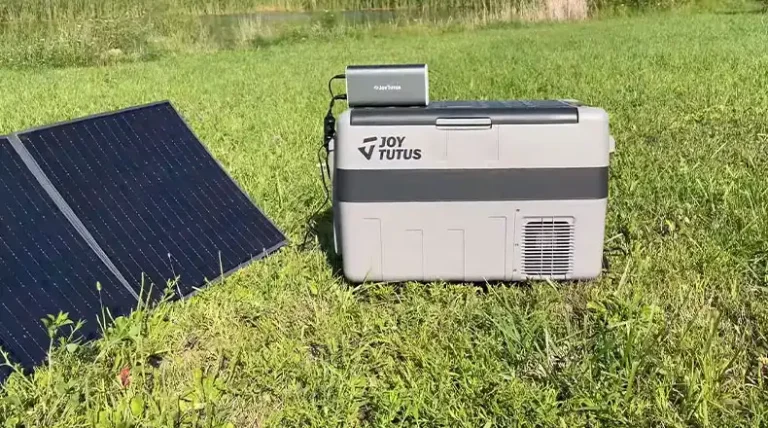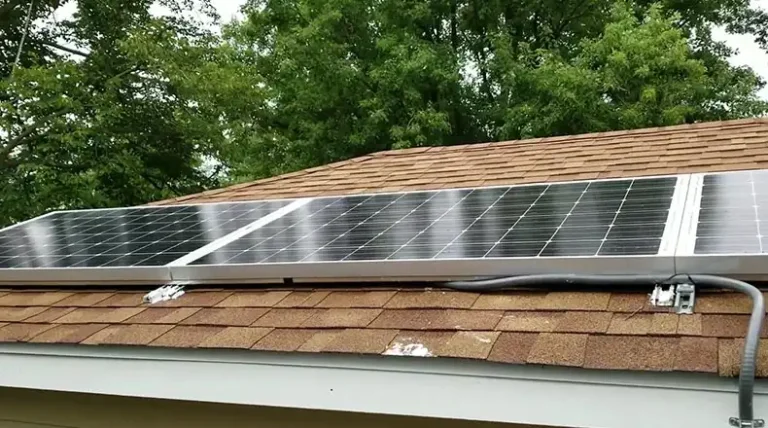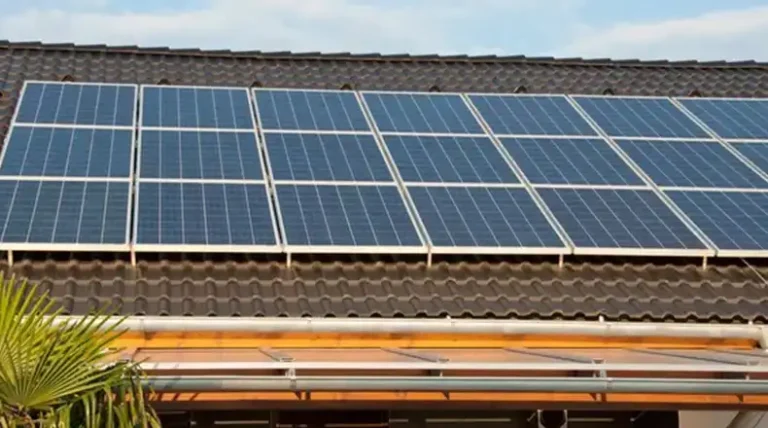How to Charge Solar Lights Without Sun? | Easy and Straightforward
Solar lights can be a great addition to your garden or yard since that portion of your home receives sunlight all day. They are easy to install and require little to no maintenance. Not to mention, they are more environment-friendly as well. However, charging them can be a bit of a hassle during winter days when the sun is barely visible for days at a time.
So, if you were wondering how to charge solar lights without sun, we’ve got you covered. Luckily, apart from the sun, you can use other alternative light sources to charge your solar lights too. Read on for our full guide on how you can charge your solar lights when there is no sun.
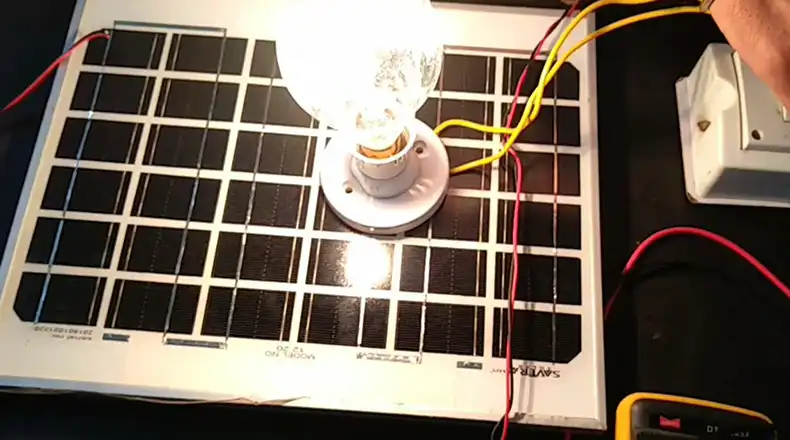
How Can You Charge Solar Lights Without the Sun
The small solar panel on your solar light converts solar energy into electricity, which then gets stored in the battery to power the light at night. But exactly how much light or how many hours of sunlight it requires depends on the type of solar light as well as the strength of sunlight. Typically, you need about 4 to 10 hours of good sunlight to fully charge your solar lights.
That being said, let’s now take a look at the ways you can charge them when there’s no sun.
(A) Clean the Solar Light
Contrary to what many people believe, solar lights don’t require strong sunlight all the time to charge. They charge even on a cloudy day, or when it rains. The bottom line is, whenever there’s light, your solar lights will continue charging. Also, it can last for about seven days with a fully charged battery.
So, if your solar light isn’t charging on a gloomy day, the solar panel is probably dirty which is why it isn’t getting much of that already dim light. You can wipe it clean, preferably with a microfiber cloth. If the layer of dirt or dust is persistent, you can also use a garden hose to wash it off, since solar lights are waterproof.
(B) Use Artificial Sources of Light
During harsh winter months, living without the sun for weeks at a time can bleed your solar lights dry. To revive them, and to keep them charged during that time, you can use some sort of artificial light to charge them. To do so, all you need to do is to install an incandescent or LED above the solar panel of the light. Typically, solar lights need about 100 lumens to charge effectively.
We recommend installing an LED over your solar light for that. LEDs provide better luminescence with less electricity spent. Also, they are hardy and typically last longer. With a good enough LED, you can fully charge your solar light in about 10 to 12 hours. You can even use battery-powered LEDs if your solar light if you’ve installed your solar light far from your home.
Alternatively, if you have some sort of light source on the outside, you can move your solar light close to it.
(C) Charge Your Solar Light Indoor
If installing an outdoor light source is not an option for you, you can always take your solar light indoors and charge it there. It will take less time because outdoor lights are usually brighter. Also, since solar lights can last for about a week on a full charge, you don’t have to charge them every day.
Take it apart from the wall and place it as close as you can to a strong indoor light source, like the strongest light in your living room. Let it charge for at least 10 to 12 hours before reinstalling it outside.
(D) Reposition Your Solar Light
Another trick is to move the solar light to a place where it gets the best available sunlight for the longest period. This can come in handy, especially in winter when you get less sun throughout the day. Try to place it in places like the middle of the yard, where it’ll get the most sunlight. If you are someone living in the northern hemisphere, try to install your solar lights in a location where it faces south because that way, you’ll get the most sun.
(E) Use Mirrors to Redirect Sunlight onto the Solar
If you’ve installed your solar light in a place where it remains in the shadow most of the time and can’t relocate it, you can use a mirror to redirect sunlight onto the solar panel of the solar light. Although it isn’t going to be very efficient, but still plausible when you want to use a solar light but can’t place it under the sun.
To optimize sunlight exposure for solar panels, use mirrors approximately twice their size. Position the mirrors diagonally on the ground so that the sunlight reflects onto the solar panel. You can also install the mirrors above the panel. Keep in mind that you’ll need to regularly adjust the mirrors to keep up with the sun’s rapid movement.
(F) Deep Charge the Battery
To deep charge the battery in your solar light, turn the light off completely and let it charge for 3 to 4 days. Make sure that the solar light receives enough sunlight throughout the day. you can also place charge it under an artificial light source for a few days.
This will not only give your solar light a chance to fully replenish the battery but it’ll also deep charge the battery, which is recommended to keep your solar-charged batteries in working condition for a long time.
(G) Use an External Charger
This method isn’t applicable to everyone because not all solar lights come with a USB port for charging. So, look for a USB, USB-C, or even a micro-USB port on your solar light. If you have one, you can use it to charge your solar light with any USB wall adapter, or even your computer.
Make sure not to plug in your solar light directly. Most solar lights are rated for current between 3.2V to 24V.
Frequently Asked Questions and Answers (FAQs)
Can solar lights charge in the shade?
Solar lights can charge in the shade or through glass windows as they don’t necessarily need direct sunlight. However, compared to direct sunlight, the charging speed will be very slow.
Do solar lights charge when turned off?
Yes, most solar lights charge when turned off. In fact, turning them off and letting them charge is recommended every once in a while.
Why is my solar light not charging?
If your solar light still won’t charge after a good cleaning, the battery is at fault. Either they are not getting enough charge, or they can’t hold it. Get both the solar panel and batteries checked.
Final Thoughts
Whatever the alternatives are, exposing your solar lights to direct sun is by far the best way to charge them. However, if that’s not an option for where you live, get a solar light that can be externally charged. That way you can make sure that your walkways and yards are safe at night, even during those gloomy months of winter. Using an external light source too, is a good option. Remember to deep cycle your solar lights after a few months of usage and they should work fine for years.
Thanks for reading.

